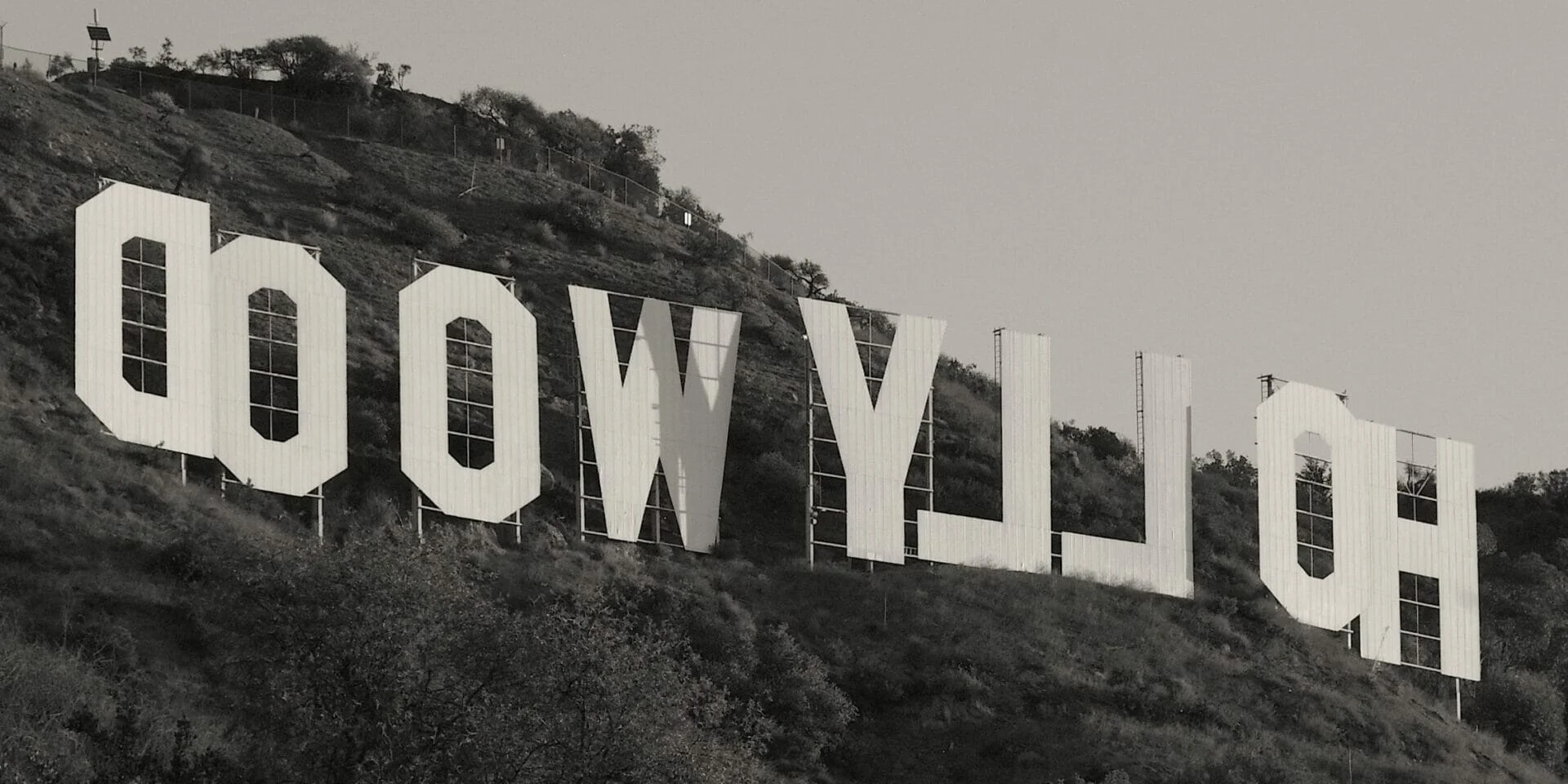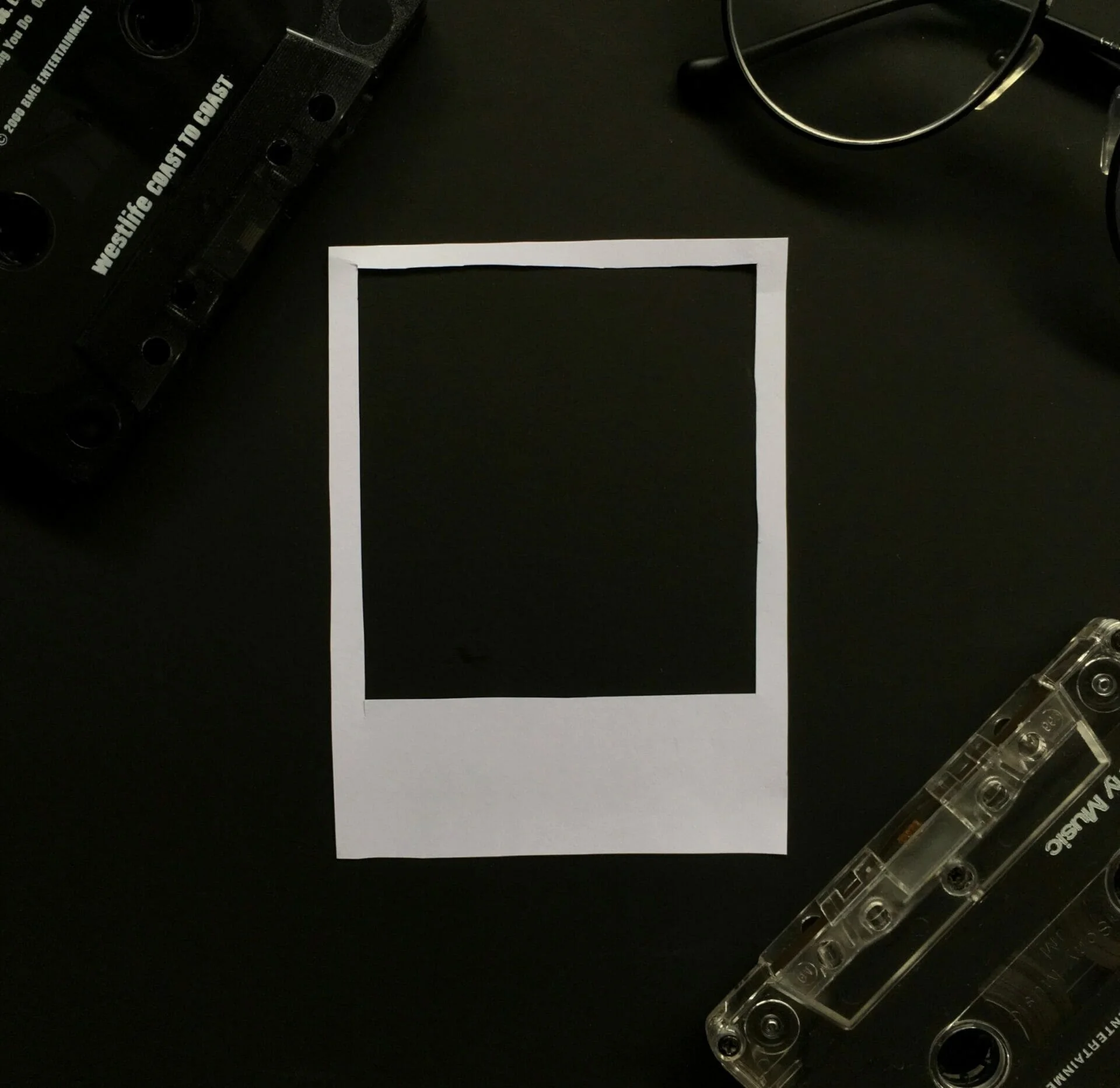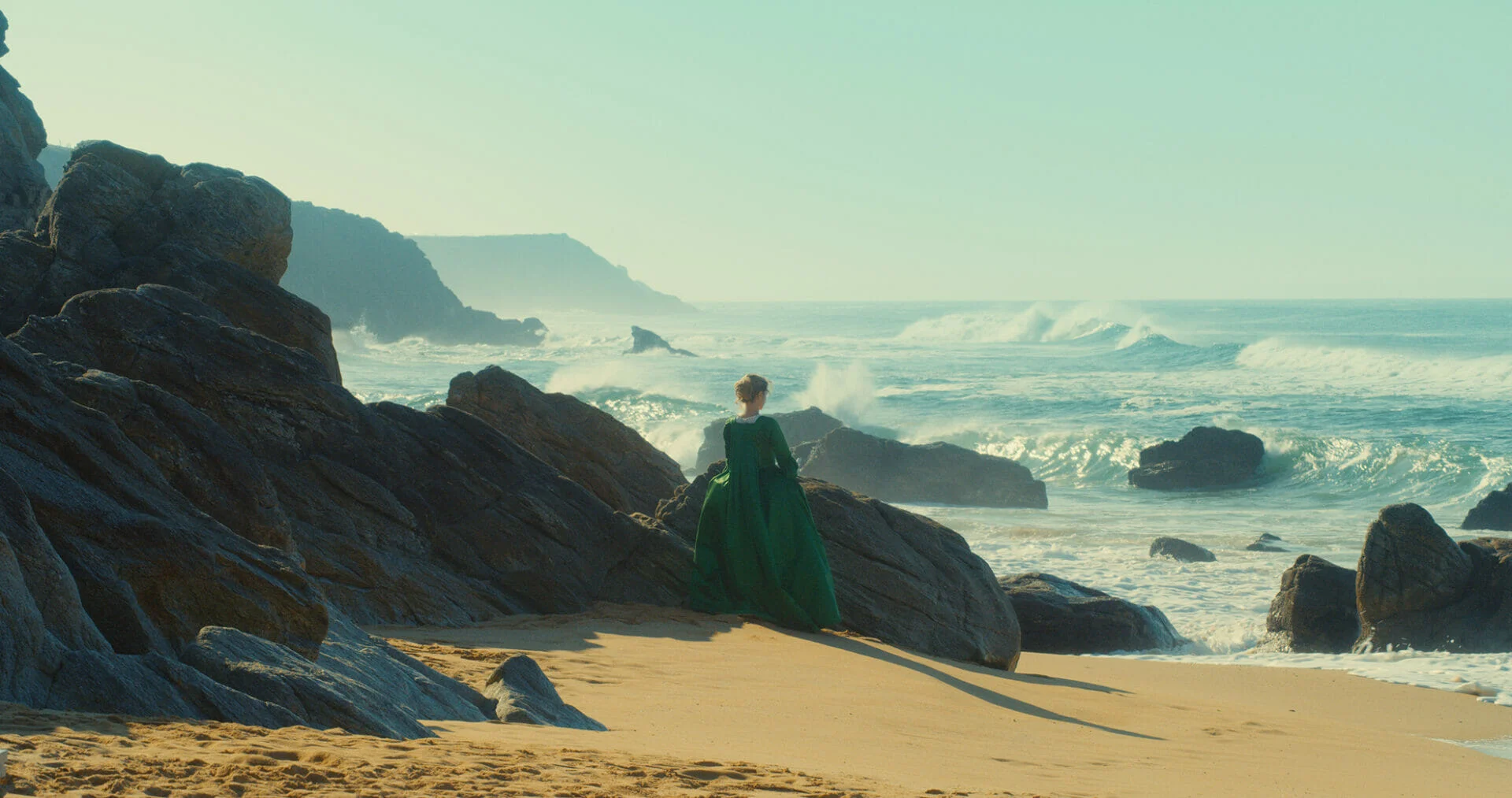
Mulholland Drive | All roads lead to the movies
Year
Runtime
Director
Writer
Cinematographer
Production Designer
Music by
Country
Format
Genre
A car crash on Mulholland Drive fortuitously saves a young lady from assassination, but leaves her with no memory of who she is. While wandering in the Hollywood Hills, the woman (now calling herself Rita) meets Betty, an aspiring actress who offers to help her recover her identity. Among various bizarre vignettes, including a somewhat cursed director, some truths will come out. But their trip through the city of dreams will turn into a waking nightmare.
A dream within a dream
One does not simply explain Mulholland Drive. Lynch diverts a linear detective story with his surrealist approach. Then, he shapes it into a Mobius’-Strip-like structurethrough narrative reprises. Curiously though, confusion comes from what seems to make sense. It’s those reprises that frustrate the viewer by insinuating that there is indeed an explanation to strive for.
The film fits into a trend that began in the mid-1990s, the so-called “mindfuck movie”, but with a crucial difference. Many notable works of such trend, like those by Christopher Nolan and Charlie Kaufman, are narrative mazes to solve. Mulholland Drive is a maze within which to get lost. Its deranging attitude prompts the viewer to give up logic and enjoy the dreamlike ride.
Most interpretations concur, anyway, that some parts of the plot (at least) must be the dreams of some character. But after all, whether the events unfolding on-screen are real or imaginary makes no difference. The viewer responds to them nonetheless, for they are all part of that broader dream which is the moviegoing experience.
“We are such stuff, as dreams are made on”
The woman in Hollywood cinema is not necessarily only the object of the gaze, but also the object of inquiry.
Laura Mulvey, Cinema, Gender and the Topography of Enigmas
To drag the viewer into the depths of the psyche, Mulholland Drive deconstructs the noir genre and twists its separate components: mystery, horror, humor, and, most importantly, romance. By having a pair of women investigating the identity of one of the two, the genre tropes of detective, femme fatale, and fair lady soon overlap. Inquiry and attraction blend the women as in Ingmar Bergman’s Persona, split them into doppelgängers as in Luis Buñuel’s That Obscure Object of Desire, and ultimately reconstruct their character as in Alfred Hitchcock’s Vertigo.
Desire becomes just as important as memory in the setting of identity. And hopes and dreams are often mimetic. As critic Stephen Holden claimed, Mulholland Drive is a “reflection on the allure of Hollywood and on the multiple role-playing and self-invention that the moviegoing experience promises”. In the end, all roads lead to the movies.
What dreams may come to Hollywood
Mulholland Drive exposes the two faces of Hollywood, the star system in particular, by telling a story of frustrated ambitions. As critic Chris Rodley noted (in the interview book Lynch on Lynch), Los Angeles is a city full of doppelgängers, meaning that many starlets bear two names: the birth one and stage one of the stars they want to become.
Some dreams do come true. But as others break with radical consequences, the film suggests that in reality, people can be makers of their fortune only in their fantasies. The American Dream turns into a nightmare in its very birth and capital city. But there is a flipside to such pessimism too.
Mulholland Drive expressly follows the trail of Billy Wilder’s Sunset Boulevard, another film of frustrated dreams. But as scholar David Roche observed, both movies are “not just about the Hollywood movie industry, but even more about the magic of cinema as a form of art”.
The movie is the ultimate doppelgänger. It is both a fierce, and somewhat autobiographical, commentary on the society of the spectacle and a labor of love for cinema. A troubled love for sure, but also totalizing.
Tag
Buy a ☕ for Hypercritic








